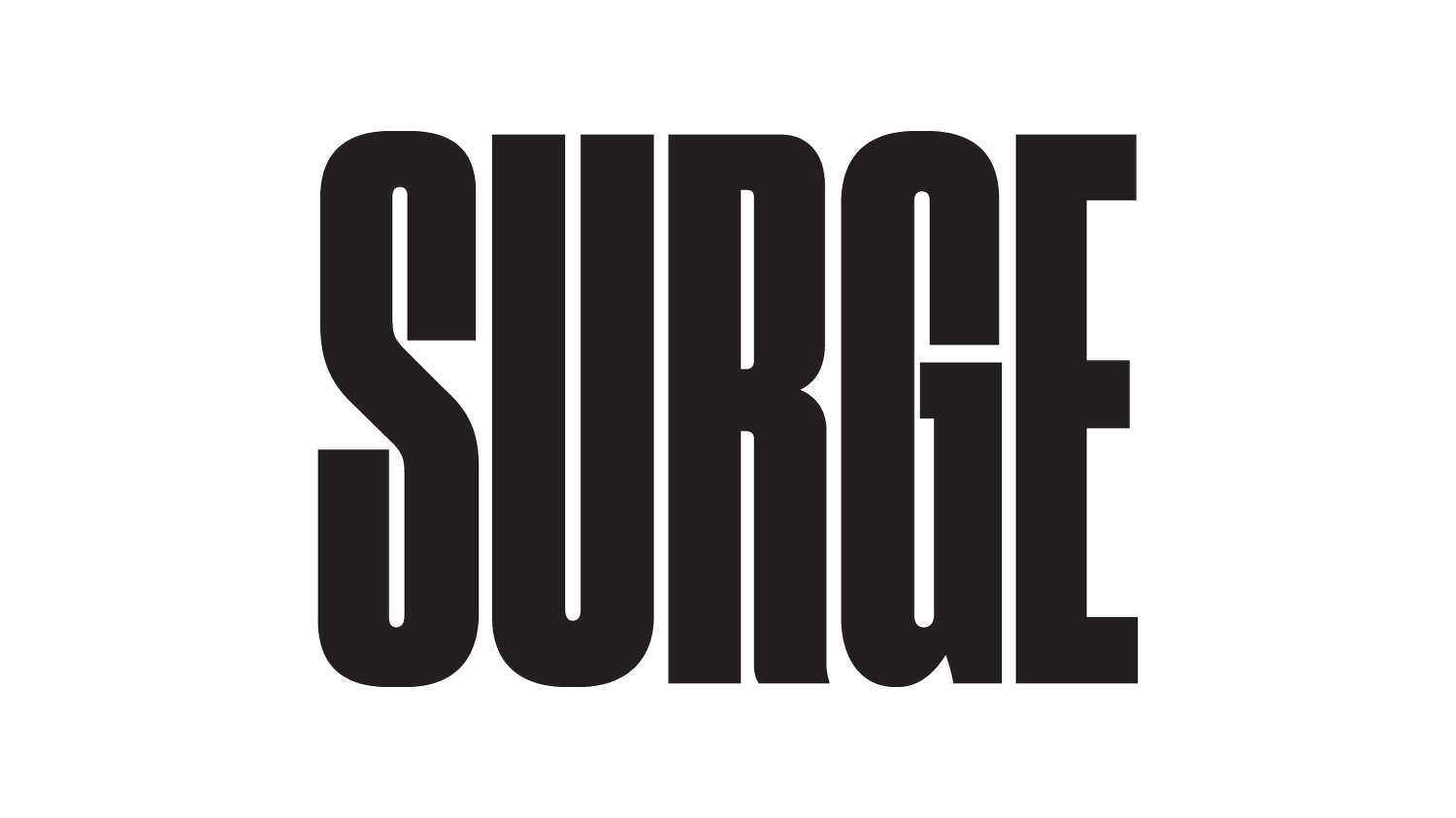Social media platforms are profiting from animal abuse
Social media platforms YouTube, TikTok, and Facebook are enabling and profiting from serious and prolific animal abuse. Thousands of videos of companion and wild animals being subjected to acts of cruelty and even killed for entertainment are racking up billions of views around the world as social media companies fail to take action to protect animals, according to a new investigation and report by the Asia for Animals coalition.
Between July 2020 and August this year, the Asia for Animals Social Media Animal Cruelty Coalition (SMACC) documented 5,480 individual links to videos containing animal cruelty content on YouTube, Facebook and TikTok, the vast majority of which displayed clear and intentional acts of animal abuse. Films show baby monkeys being buried alive or tormented, kittens being stepped on or set alight, animals being eaten alive, puppies and ducks being killed by snakes. Some of the abuse is mental, such as when animals are put into stressful or frightening situations.
Fake ‘rescue’ videos have also become popular, where an animal, often a snake, is set up to attack another animal, such as a monkey or a puppy, who is then filmed being ‘rescued’ from this contrived and dangerous situation. National Geographic recently published an in-depth article on this particular type of video.
Producers of cruelty content and social media companies are making money out of this animal suffering, mainly through the advertising embedded in the videos. According to the SMACC report, coalition member Lady Freethinker estimated that YouTube earned up to $12 million from the sharing of animal cruelty content, with the content creators themselves earning nearly $15 million, from videos uploaded across a three month period in 2020. Companies are usually unaware that their adverts are appearing in animal abuse videos.
As the report notes, this is only possible because of the staggering volume of views some of these videos receive. As a whole, the documented videos were viewed 5.3 billion times. A single video received one billion views, while a handful of others were watched more than 10 million times. With so many people readily engaging with such content, social media is clearly helping to normalise animal abuse.
Never miss an article
Stay up-to-date with the weekly Surge newsletter to never miss an article, media production or investigation. We respect your privacy.
“By permitting such content on their platforms, these companies are not only promoting animal cruelty and abuse, they are effectively encouraging its continuation by not blocking perpetrators and reporting them to the relevant authorities for investigation," said Dr Nedim Buyukmihci, Emeritus Professor of Veterinary Medicine and representative of Action for Primates.
Some videos may not appear as cruel because they look ‘cute’ to viewers, such as baby macaque monkeys dressed in human clothes. But the report points out that, “in order to be clothed, whether in a diaper or in a dress, an infant must be removed from their mother and kept as a pet, or in pet-like circumstances. Maternal deprivation is known to be fundamentally damaging to all primates. Beyond this, images of clothed primates are in themselves indirectly damaging to primate welfare and conservation.”
YouTube, Facebook and TikTok all have publicly available policies on animal abuse, though they vary in specificity and ease of access and are often unenforced. The policies also fail to recognise some forms of cruelty, such as mental abuse or animals being fed inappropriate foods or alcohol. SMACC is urging YouTube, Facebook, TikTok, and other social media platforms to work with experts to devise a standard definition of animal cruelty, to create and enforce policies to prevent the sharing of cruelty content, and to develop robust monitoring systems to identify and remove such content without reliance of viewer reporting.
SMACC advises social media users not to watch, share, or comment on the videos as it helps to boost their popularity. Instead, the best way to help stop their spread is by being aware of the many forms that cruelty videos can take and reporting them whenever they are encountered.
Claire Hamlett is a freelance journalist, writer and regular contributor at Surge. Based in Oxford, UK, Claire tells stories that challenge systemic exploitation of and disregard for animals and the environment and that point to a better way of doing things.
LATEST ARTICLES

